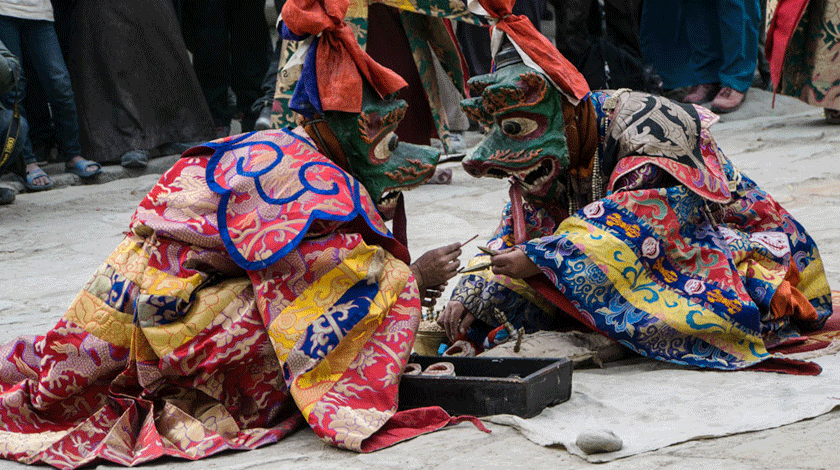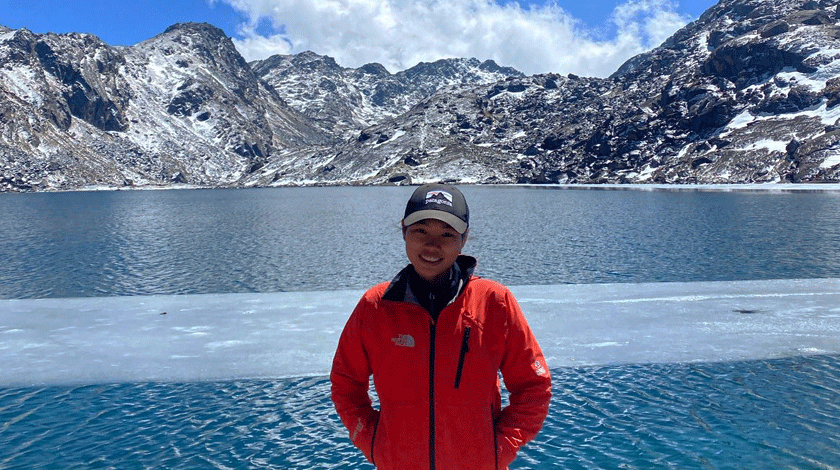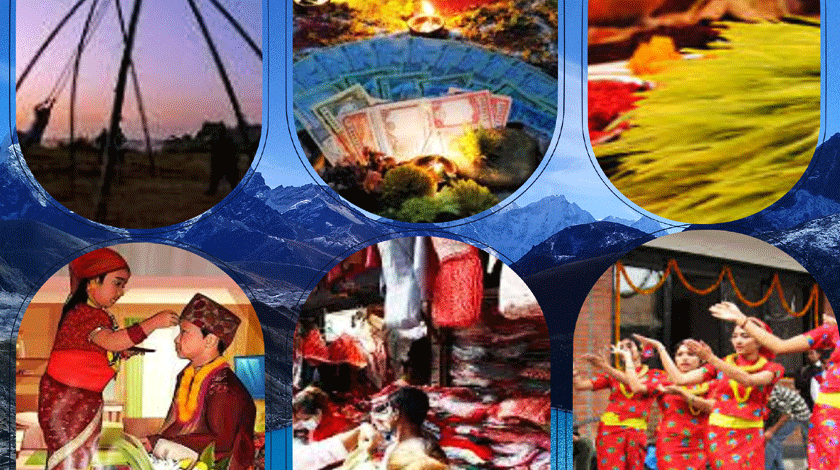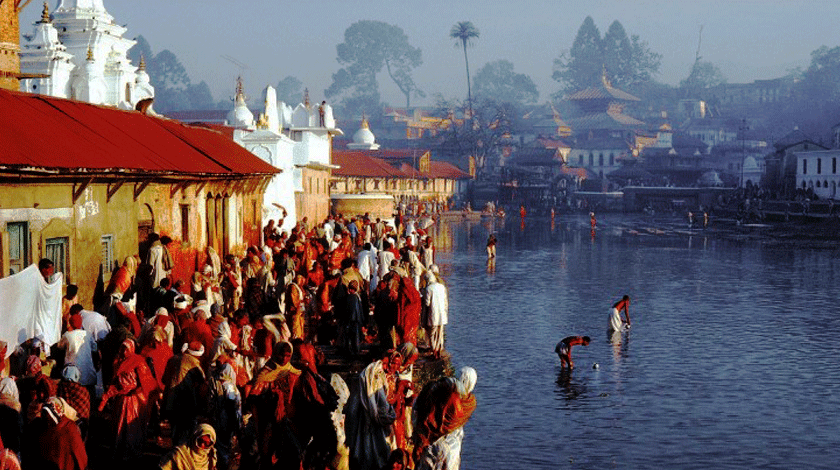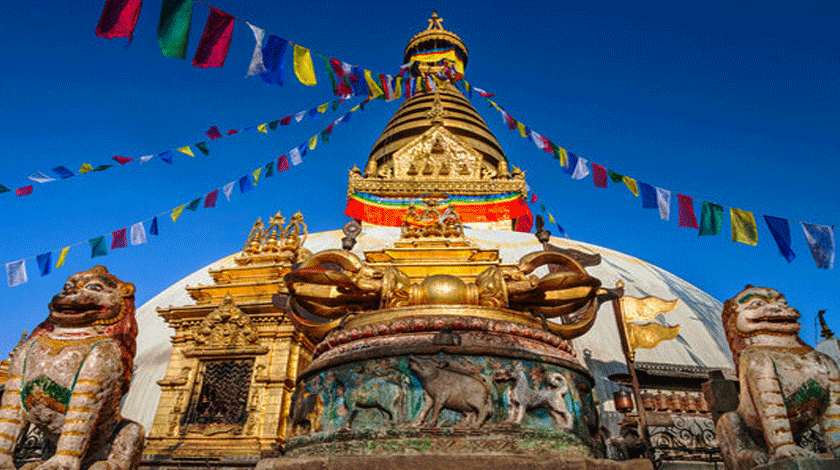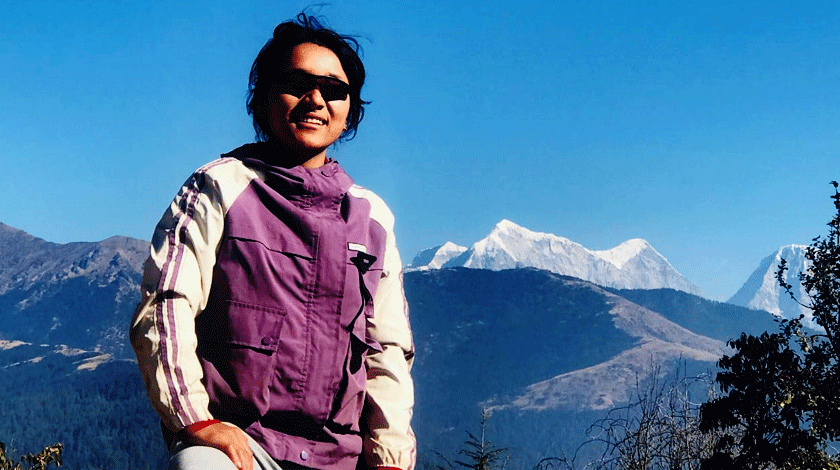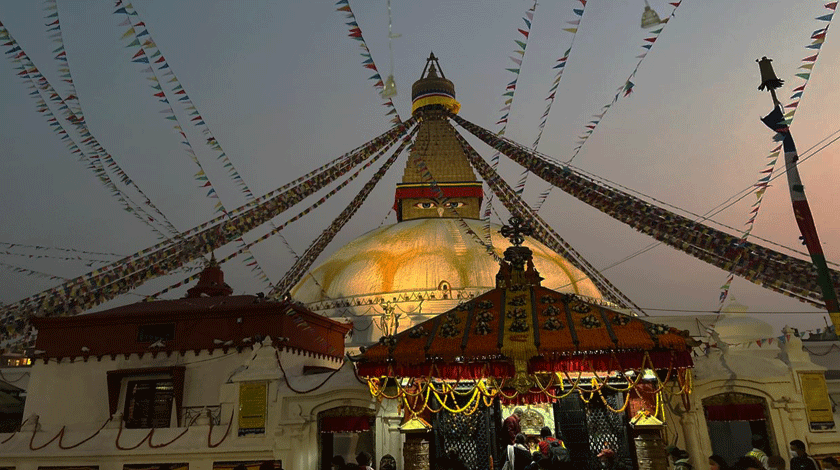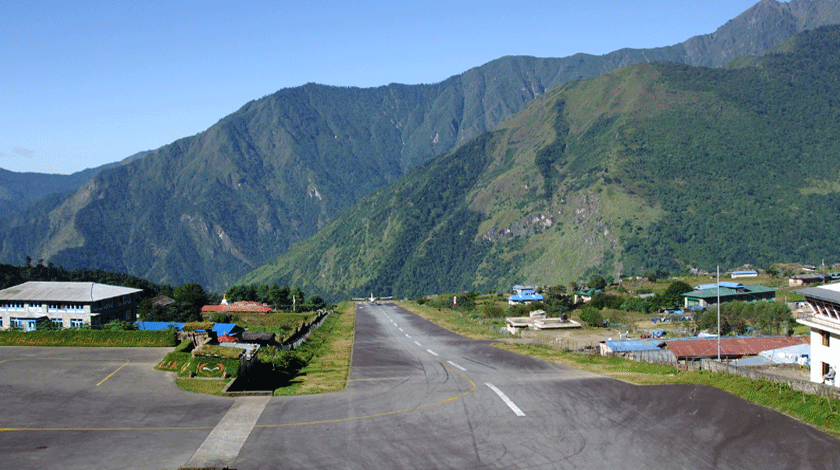Mani Rimdu Festival
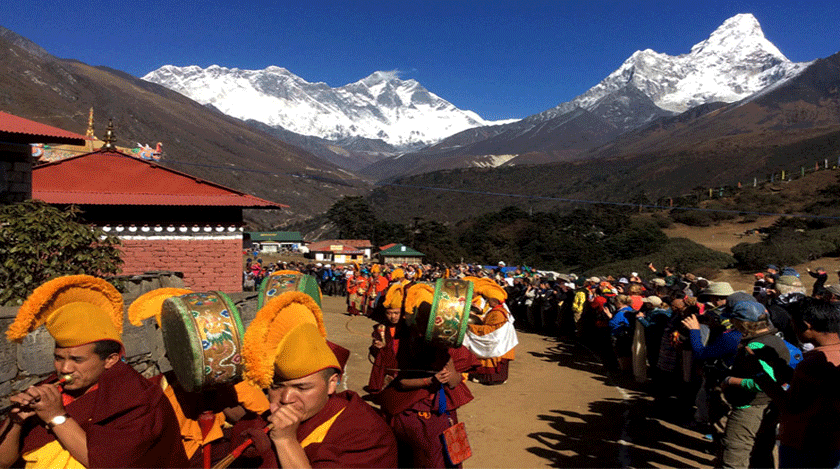
Mani Rimdu Festival: Nepal’s Hidden Himalayan Gem
High in the majestic Himalayas, where snow-capped peaks meet ancient prayer flags, an extraordinary celebration takes place each autumn—the Mani Rimdu Festival. Held in the heart of Nepal’s Everest region, this sacred Buddhist festival is a dazzling display of masked dances, deep chants, and spiritual rituals that have remained unchanged for centuries.
For trekkers, cultural travelers, and spiritual seekers alike, Mani Rimdu is a rare and unforgettable experience that adds profound meaning to a journey in Khumbu.
What Is Mani Rimdu?
At its core, Mani Rimdu is a spiritual performance—a series of Tibetan Buddhist rituals and masked dances that depict the triumph of compassion over ignorance. The name comes from “Mani” (short for Om Mani Padme Hum, the mantra of Avalokiteshvara), “Rim” (symbolizing the sacred offerings), and “Du” (meaning to receive or accomplish).
The festival is dedicated to Guru Rinpoche (Padmasambhava), the tantric master who introduced Buddhism to Tibet in the 8th century. Monks spend weeks preparing for the event, meditating, constructing intricate sand mandalas, and rehearsing the symbolic dances that will unfold over three powerful public days.
Where the Festival Comes Alive
Mani Rimdu is celebrated in three primary monasteries across the Solukhumbu region:
- Tengboche Monastery, the most famous and accessible during the Everest Base Camp Trek
- Thame Monastery tucked away in the less-traveled paths near the Three Passes Trek
- Chiwong Monastery, near Phaplu in lower Solukhumbu, offers a quieter alternative for cultural travelers
Of these, Tengboche draws the most attention, both for its grandeur and its location, perched dramatically against the backdrop of Ama Dablam, Everest, and Lhotse.
When Does Mani Rimdu Happen?
The festival follows the Tibetan lunar calendar, so dates shift yearly, usually falling in October or November—perfect timing for trekkers already exploring the Khumbu during Nepal’s peak autumn season. The main public celebrations last for three days, drawing Sherpas from across the region and visitors from around the world.
What Happens During Mani Rimdu?
Mani Rimdu isn’t just a performance, it’s a spiritual transmission, aimed at transforming negative energies and invoking blessings for all sentient beings. Here’s what makes it so captivating:
1. Sacred Mask Dances (Chham)
Perhaps the most unforgettable aspect of the festival, monks don vibrant costumes and fierce-looking masks, embodying deities, demons, and animals in symbolic dances. Each movement is precise, telling ancient stories of wisdom conquering chaos.
2. Sand Mandala Creation
Over several days, the monks painstakingly create a mandala from colored sand—an intricate cosmic diagram. At the end of the festival, it is swept away, signifying the impermanence of life.
3. Empowerments and Blessings
On the first public day, high lamas perform the Wong, giving blessings and sacred “mani pills” to all in attendance. Pilgrims gather in long lines, receiving energy and spiritual empowerment.
4. Fire Puja and Mask Destruction
The final day culminates in a dramatic fire ritual meant to cast away evil and obstacles. This is also when the symbolic destruction of demons occurs, signifying the cleansing of negativity from the community.
Why Attend Mani Rimdu?
A Deeper Dimension to Trekking, while many people head to the Everest region to check off bucket list adventures like the Everest Base Camp Trek Gokyo Lake or Everest Kala Patthar, those who time their journey to coincide with Mani Rimdu discover something even more memorable—a spiritual heartbeat beneath the mountains.
Attending Mani Rimdu at Tengboche Monastery connects you with the ancient rhythms of Sherpa culture. It’s a moment where the Himalayan landscape and its people come together in prayer, movement, music, and celebration.
Authentic Sherpa Culture
Unlike commercialized festivals, Mani Rimdu is an authentic, community-driven event. Sherpas trek for days in traditional dress to participate. For them, this is not just a show—it is a sacred time for reflection, blessings, and connection.
As a visitor, you’re welcomed as a guest into a world that remains largely untouched by modern distractions. Conversations with locals shared cups of butter tea, and the solemnity of rituals deepen your understanding of this region far beyond what any guidebook can offer.
The Setting: A Himalayan Theatre
Few places in the world offer a setting as jaw-dropping as Tengboche. Nestled at 3,867 meters, the monastery overlooks the massive white giants of Everest, Lhotse, Ama Dablam, and Thamserku.
Nearby villages like Dingboche and Pangboche serve as acclimatization stops for trekkers and are excellent vantage points for mountain views and cultural immersion. And if you’re planning a route that takes you through Gokyo, you’ll get a chance to experience more remote, stunning landscapes along sacred lakes and high passes.
Planning Your Visit
While Mani Rimdu is open to the public, it’s still a religious festival—so respectful presence is key. Dress modestly, don’t interrupt rituals, and always ask permission before taking photos of monks or ceremonies. Guesthouses around Tengboche tend to fill quickly during the festival, so advance planning is wise.
As the popularity of cultural trekking grows, so does the appreciation for Nepal’s rich spiritual heritage. Festivals like Mani Rimdu are powerful reminders that beyond the trails and the summits lies a culture of devotion, resilience, and joy.
Final Thoughts
Mani Rimdu isn’t something you simply watch—it’s something you feel. It’s in the rhythm of the drums echoing through the valleys, the swirl of silk robes against the mountain wind, and the smiles of Sherpa grandmothers clasping prayer beads.
Whether you’re on a soul-searching solo trek, a cultural expedition, or an adventurous climb, catching Mani Rimdu during your journey through the Khumbu will transform your experience. In a world that often moves too fast, Mani Rimdu reminds us to breathe, to reflect, and to dance—even at the roof of the world.
Planning to experience this incredible Himalayan festival? Check out our Everest Base Camp Trek or explore remote spiritual paths via the Three Passes, Dingboche, or serene Gokyo Lakes. Let us help you design a trek that blends adventure with the soul of the mountains.


